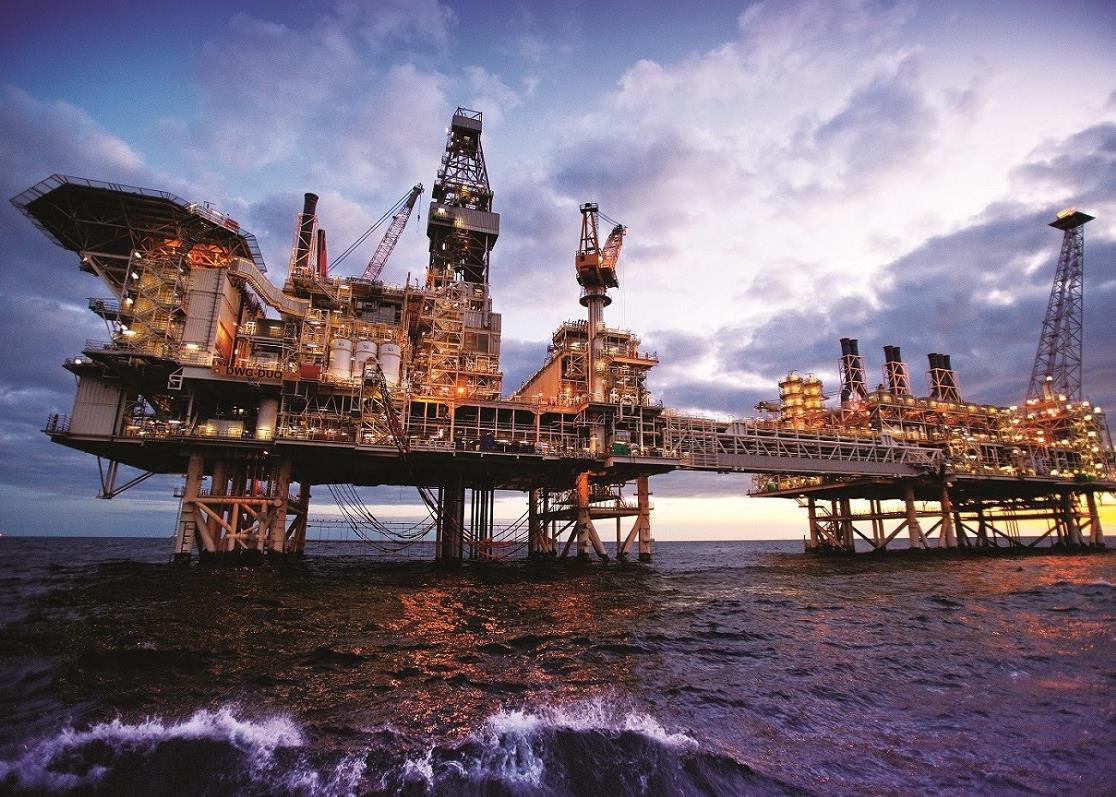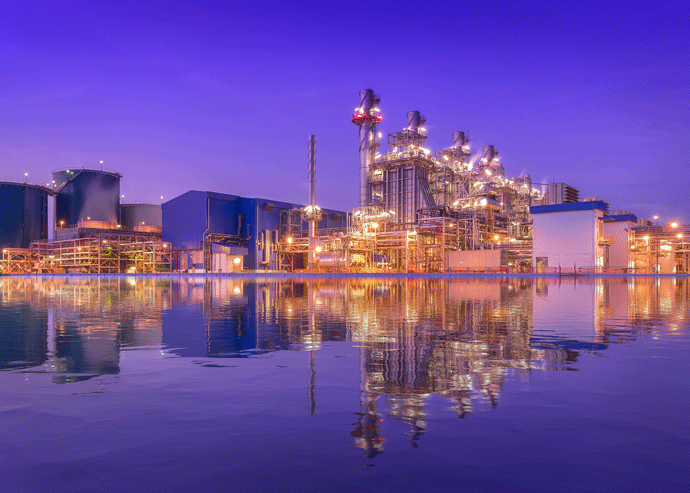
National Iranian Oil Refining & Distribution Company aims to make products more fuel-efficient
Iran is inviting foreign companies to invest in new refineries and upgrade existing refineries across the country, according to its state-owned refining group.
National Iranian Oil Refining & Distribution Company (NIORDC) is seeking an estimated $14bn investment in the refining sector and a further $32bn across various operations of the company.
The state refiner is undertaking studies on two refinery projects in the south and one in the west of Iran.
The biggest project under study is the Siraf Refineries Park in Assaluyeh in the Bushehr Province in the south. The project, which comprises eight refineries with 60,000 barrels-a-day (b/d) capacity each, will be the biggest condensate refinery in the world, according to NIORDC. Overseas investors would be required to form a consortium with an Iranian company to carry out the estimated $4.8bn scheme.
Also in the south, the 300,000 b/d Bahman Geno Refinery project is open to foreign investment. Budgeted at $7.5bn, according to data from NIORDC, the refinery will use heavy and extra heavy crude oil as feedstock to produce liquefied petroleum gas (LPG), propylene, gasoline, jet fuel and gas oil.
NIORDC has a 20 per cent share in the project, which is located in the Hormozgan Province, facing the UAE and Oman on the Gulf.
The other new plant on offer is the Anahita refinery in the Kermanshah Province in the west. With a capacity of 150,000 b/d, the estimated $3.1bn project will provide gasoline, gas oil, LPG, jet/kerosene and fuel oil. A 220-kilometre pipeline is also part of the project, in which NIORDC holds a 20 per cent stake.
The Bahman Geno and Anahita refineries are expected to be completed by 2020. However, Reza Dargahi, senior process engineer and corporate planning management at NIORDC, said the timeline was more flexible since no project work had actually started.
All of these projects are under study. We can say that there has been no progress, he said, speaking on the sidelines of the Argus Middle East Gulf & Indian Ocean Oil Products Conference in Dubai.
Product quality
The other major undertaking in the Iranian refining sector is to revamp existing plants to produce more fuel-efficient products.
Iran produces a surplus of fuel oil and the upgrade of old refineries is set to improve product quality to Euro 5 emission standards.
Irans oldest and largest refinery at Abadan will be revamped, as well as the Tehran, Tabriz and Esfahan refineries, and the relatively newer facility at Bandar Abbas.
Dargahi indicated that NIORDC is in talks with foreign companies for the upgrade work. However, nothing has yet been finalised.
Japanese groups Chiyoda and Mitsui are in discussions over upgrading the facility at Bandar Abbas, while Marubeni & JGC, also from Japan, are in talks for the refineries at Tehran and Abadan. South Korean groups Daelim and SK Engineering & Construction are negotiating over Esfahan and Tabriz respectively, Dargahi said.
We have not finalised with [any] of them. Were negotiating with different companies. There is an opening to be involved with another company, said Dargahi.
The state refiner is yet to finalise timelines for the completion of the upgrade, he added.
There is no deadline, because we are trying to come to agreement with one of these companies. But there is a good opportunity to negotiate with other companies, he said.
You might also like...

Adnoc Offshore awards Upper Zakum contract
17 April 2024

Oman awards Batinah coastal road contract
17 April 2024

Oman appoints Al Khuwair Downtown project manager
17 April 2024
A MEED Subscription...
Subscribe or upgrade your current MEED.com package to support your strategic planning with the MENA region’s best source of business information. Proceed to our online shop below to find out more about the features in each package.




